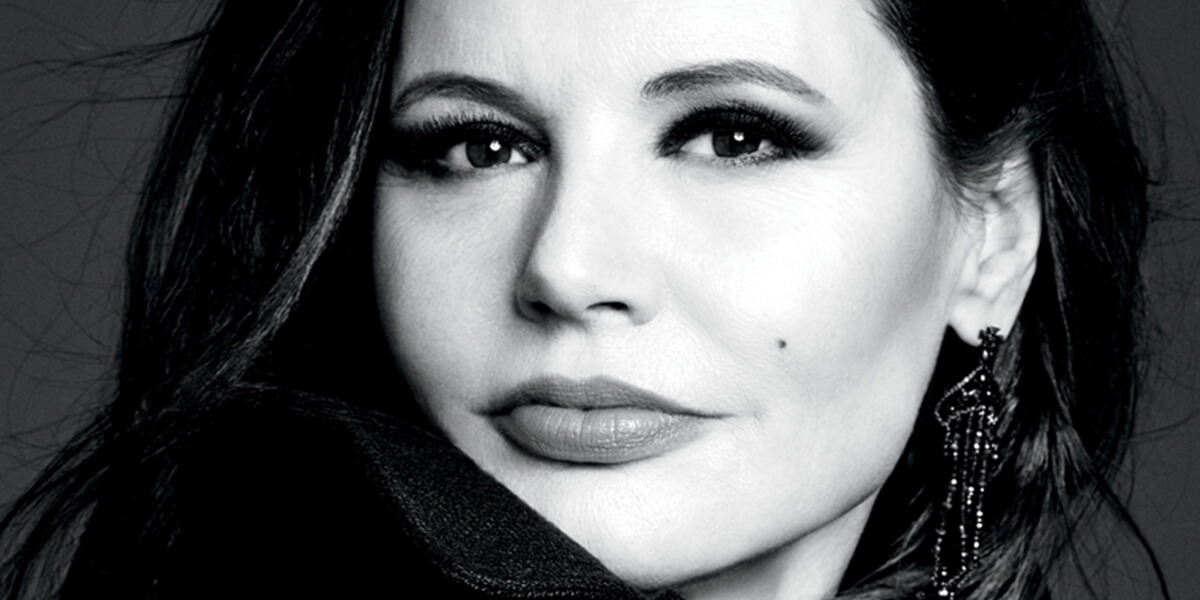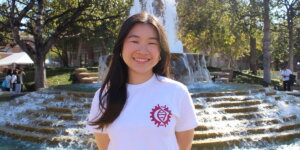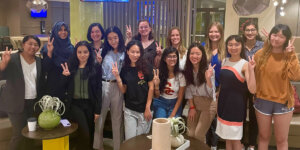
In 2016, Geena Davis launched the Geena Davis Inclusion Quotient (GD-IQ), which uses artificial intelligence to identify gender, speaking time and additional details about characters in the media. Photo/Geena Davis.
Despite the fact that women make up half the population and female-led movies have dominated the box office in recent years, women — and their voices — remain conspicuously underrepresented in film. Geena Davis, Academy Award winner and star of such classic female empowerment movies as “Thelma and Louise” and “A League of Their Own,” plans to change that — with a little help from artificial intelligence and a team of USC computer scientists.
In 2016, she launched the Geena Davis Inclusion Quotient (GD-IQ), which uses artificial intelligence to identify gender, speaking time and additional details about characters in the media. The software, designed by USC Viterbi Professor Shrikanth Narayanan, the Niki and Max Nikias Chair in Engineering, and his team at the Signal Analysis and Interpretation Laboratory (SAIL), caused ripples across Hollywood and beyond when its analysis found that in recent popular films, men had almost twice as much speaking time as women.
Published on June 7th, 2020
Last updated on September 4th, 2020













